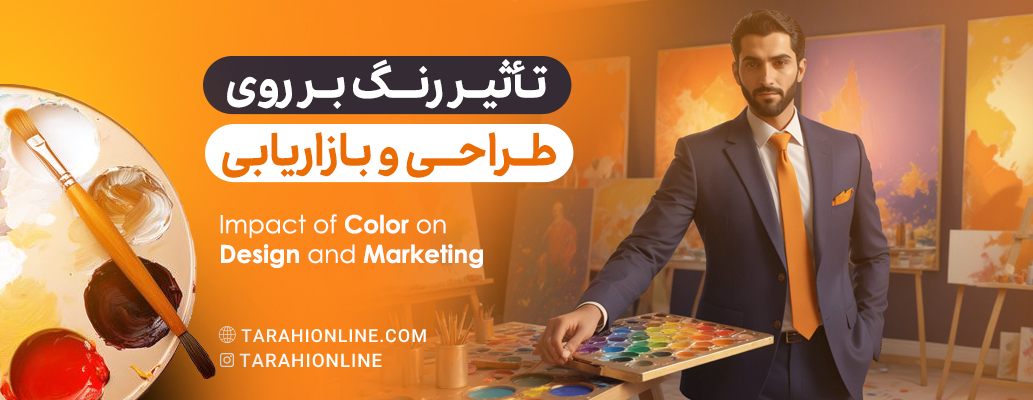
Color is one of the most powerful tools in branding and design, capable of influencing emotions, evoking memories, and creating strong brand associations. Research has shown that color can increase brand recognition by up to 80%, making it a crucial element in successful brand strategy. This comprehensive guide explores the multifaceted role of color in branding, design, and marketing.
The Psychology of Color and Its Impact on Consumer Behavior
Color psychology plays a fundamental role in how consumers perceive and interact with brands. Different colors trigger distinct emotional responses and psychological associations:
- Red: Symbolizes passion, excitement, and energy. Often used in the food and beverage industry to stimulate appetite and create desire.
- Blue: Conveys trust, professionalism, and calmness. A popular choice for corporate, tech, and banking sectors.
- Yellow: Evokes optimism, happiness, and warmth. Used to grab attention and create positive emotional connections.
- Green: Represents health, nature, and growth. Common in health, wellness, and environmental sectors.
- Purple: Denotes luxury, creativity, and mystery. Favored by brands seeking to convey elegance and innovation.
- Black: Suggests sophistication, elegance, and authority. Prevalent in high-end fashion and luxury goods.
Cultural Considerations in Color Selection
The interpretation of colors can vary significantly across different cultures. What symbolizes luck and prosperity in one culture might represent danger or warning in another. This makes it essential for designers and marketers to consider cultural context when selecting colors for global brands.
Applications of Color in Brand Design
Logo Design
The colors used in your logo play a crucial role in shaping brand personality and creating differentiation. Consider these successful examples:
- Coca-Cola: The iconic red and white combination evokes joy, energy, and attractiveness.
- Facebook: Uses blue to communicate trust and professionalism.
- McDonald's: Combines red and yellow to stimulate appetite and convey happiness.
Monochromatic vs. Multicolored Logos
Monochromatic Logos
Advantages:
- Simple and clean aesthetic
- Easy recognition
- Cost-effective for printing
Disadvantages:
- Limited visual interest
- Potentially less dynamic
Multicolored Logos
Advantages:
- Vibrant and eye-catching
- Can convey multiple brand messages
Disadvantages:
- More complex and potentially confusing
- Higher printing costs
Packaging Design
Color plays a vital role in packaging, where it can:
- Capture customer attention
- Communicate product freshness and innovation through bright colors
- Convey credibility and tradition through darker, neutral tones
- Align with product characteristics and brand messages
Website and Marketing Content
Color selection impacts:
- User experience
- Navigation and guidance
- Marketing effectiveness
- Content appeal
- Brand consistency across platforms
Future Trends in Color Usage
Emerging Color Trends
- Gradients: Making a comeback to add depth and dimension
- Pastel Colors: Growing in popularity for their soft, calming effects
- Bold and Vibrant Colors: Used to create strong visual impact and memorable presence
Challenges in Color Selection
Several factors must be considered when choosing colors:
- Cultural implications
- Personal preferences
- Gender considerations
- Age of target audience
- Color contrast and readability
- Brand message alignment
Professional Color Selection and Implementation
For businesses looking to optimize their color strategy, professional design services can provide:
- Expert color psychology knowledge
- Cultural consideration awareness
- Technical expertise in implementation
- Creative solutions for brand differentiation
Color is a fundamental element in creating powerful visual identities and engaging user experiences. Its impact extends beyond aesthetic appeal to influence consumer behavior, brand perception, and marketing effectiveness. While choosing the right colors can be challenging, understanding color psychology and working with professional designers can help ensure your brand's color strategy effectively communicates your message and resonates with your target audience.
Whether you're developing a new brand identity or refreshing an existing one, professional design services can provide the expertise needed to make impactful color choices. Connect with experienced design professionals to ensure your brand's visual elements effectively communicate your message and create lasting impressions.